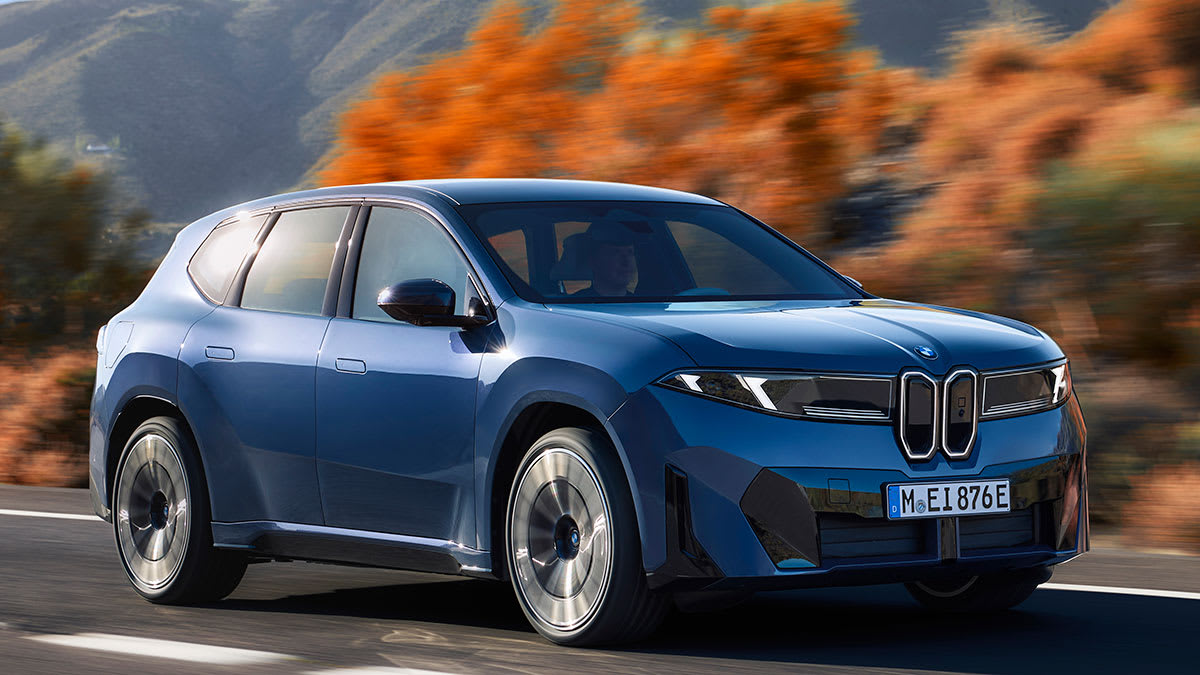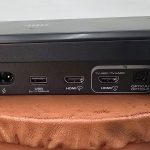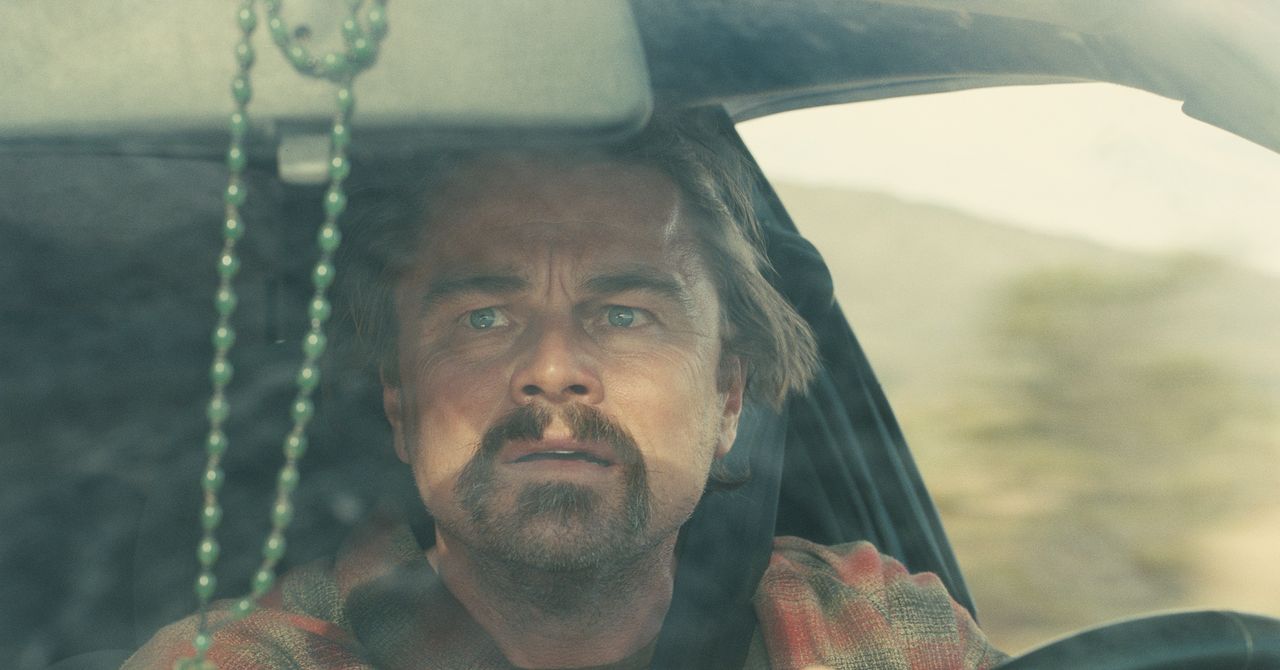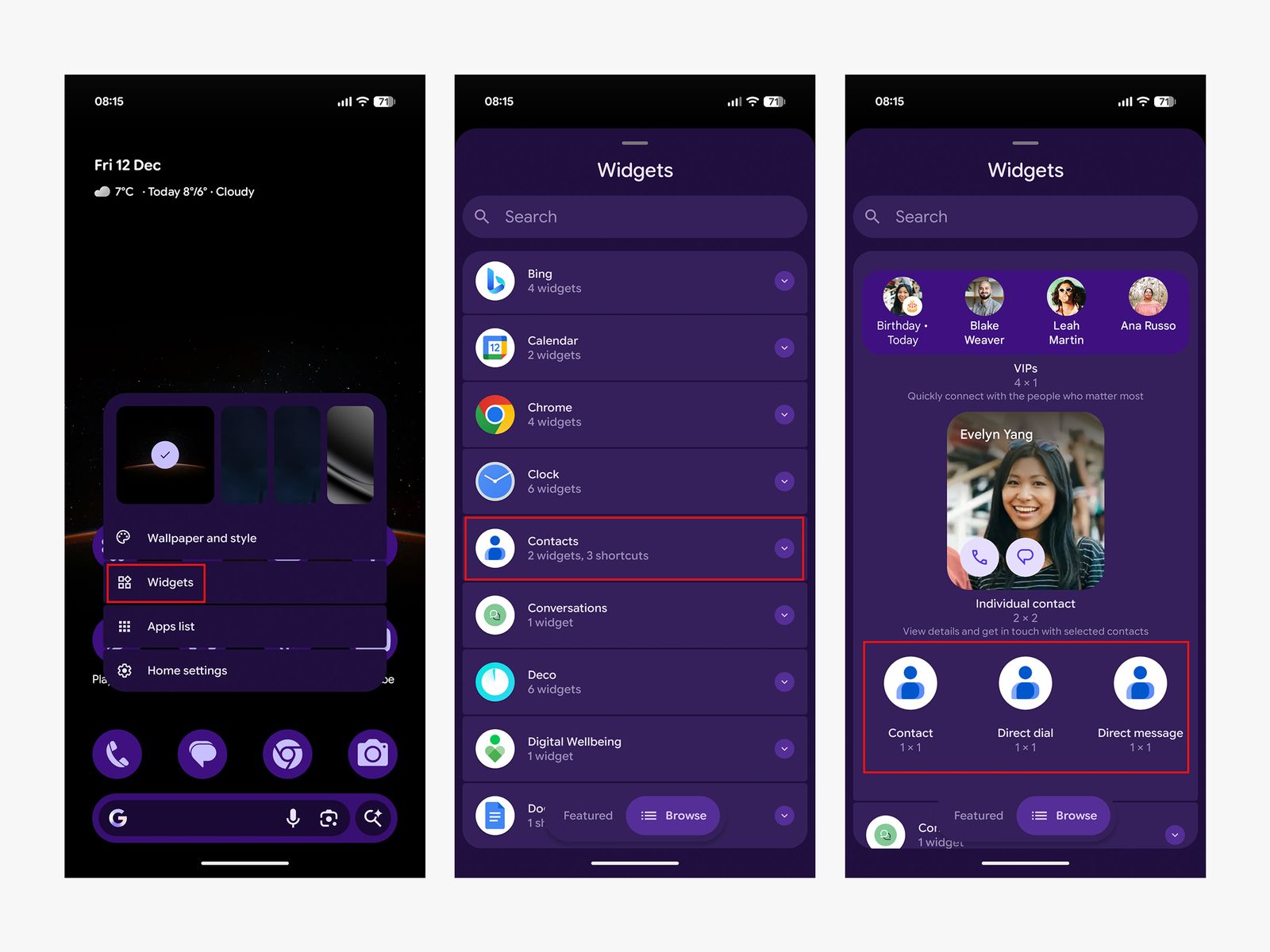
If BMW can achieve its stated stats, the Neue Klasse-based iX3 should be one of the most advanced EVs on the market, with DC fast charging speeds of up to 400 kilowatts and up to 400 miles of range. The new model launches in iX3 50 xDrive trim, an all-wheel-drive version with two motors: one in the front and one in the rear. Combined, these motors output 463 hp and 476 lb.-ft. of torque. (A second iX3 40 xDrive model will be released shortly afterward, but technical data has not been released yet beyond an estimated range of just over 300 miles.)
The iX3 rides on a new 800-volt platform made specifically for EVs with BMW’s latest lithium-ion batteries, which are cylindrical cells that are more energy-dense and efficient than the ones BMW previously used in its EVs. The battery pack sits low in the vehicle as part of the structure of the vehicle itself, which keeps the center of gravity low and typically results in better handling. While battery capacity stats have yet to be released for the U.S. model, the German-market BMW site (where the iX3 is already on sale) lists a capacity of 108.7 kWh for the same battery. (Net battery capacities are calculated differently for different markets, however, so we expect that number to change for the U.S. spec sheet, but still land somewhere around the 100-kWh mark.)
That 400-kW peak charging rate enables the iX3 to go from a 10 to 80 percent state of charge in as little as 21 minutes at an 800-volt DC fast charging station, and can add approximately 230 miles of range in only 10 minutes. Its onboard charger also allows for a 19.2-kW max charging speed on an AC plug. (A BMW Wallbox Professional home-charging system will be released closer to the iX3’s on-sale date.)
The iX3 has a North American Charging Standard (NACS) port that is compatible with the Tesla Supercharger network, and it will include a Combined Charging System (CCS) adapter to use on the other most common style of fast-charging plug. The vehicle has plug-and-charge capabilities that enable users to simply plug the vehicle into compatible public chargers and have it bill automatically to a linked payment source.
BMW says its charging flap will use artificial intelligence to detect when to automatically open and close as it detects the intention to charge the vehicle. We’ll have to see how accurate these predictions really are when we test the vehicle, and for those who would rather not wait for the car to figure it out, you can still open the charge port door yourself.
The iX3 also recuperates some energy through its braking system; BMW says the system reclaims energy in 98 percent of braking maneuvers in regular driving conditions.
Another feature of the iX3 is bidirectional charging. Vehicle-to-load and vehicle-to-home capabilities let the iX3 power electrical devices, serve as backup power for a home in a blackout, and store energy generated by a home’s solar panels. It’s also set up for vehicle-to-grid, where the iX3 can feed energy back into the electrical grid, possibly saving cash on power bills when it’s plugged in at home. An adapter for both charging and discharging the battery on multiple types of plugs comes standard with the vehicle.
An optional tow hitch is available, with a rating up to 4,400 pounds, but as with all EVs, we expect that doing so will substantially lower its range.
A lower-cost, single-motor version will be available after launch.









